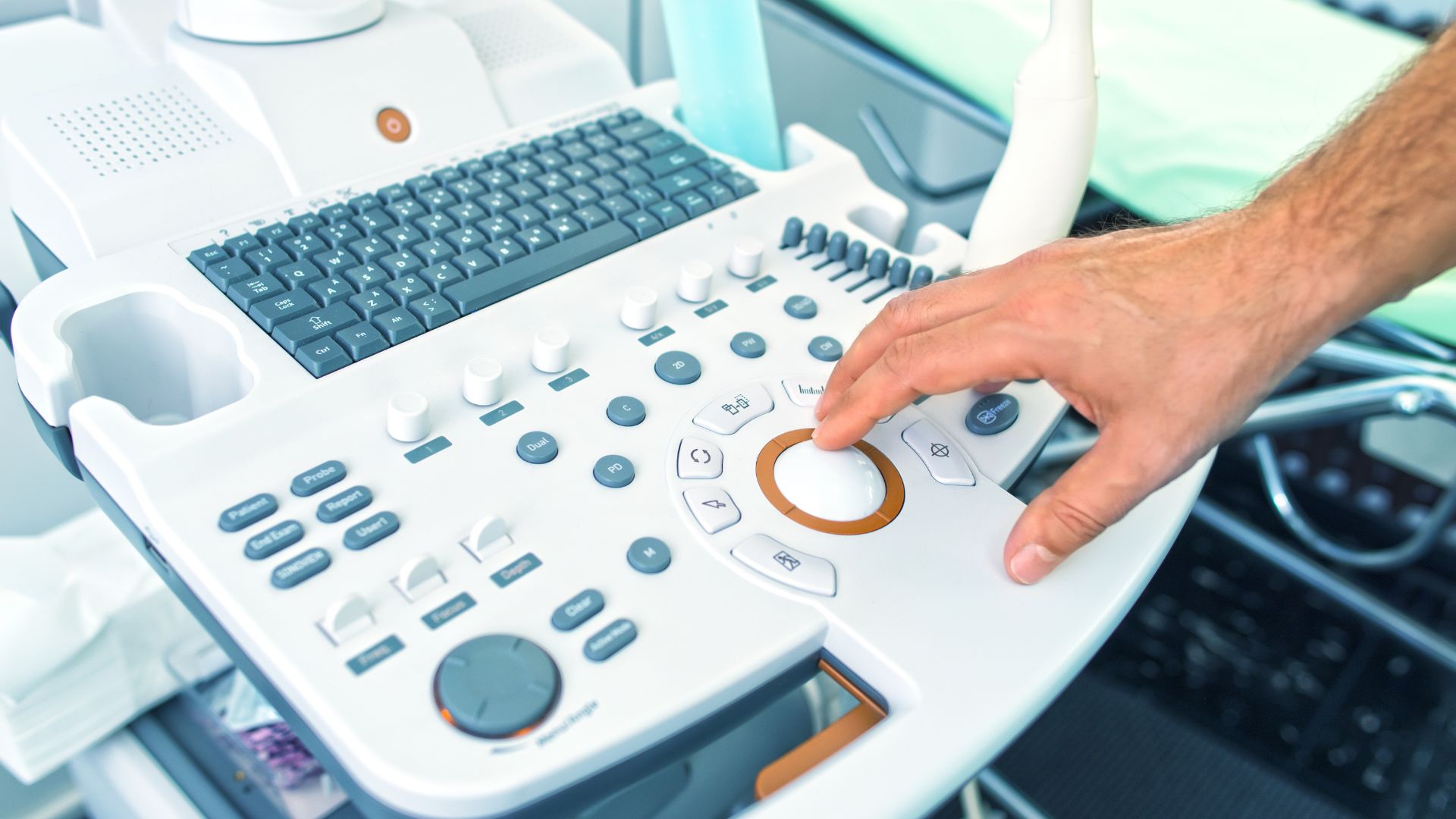Scleral contact lenses provide advanced vision correction for patients with keratoconus, irregular corneas, severe dry eye & post-surgical complications. Due to their large diameter & medical applications, these lenses are regulated as Class II or Class III medical devices by the FDA.
Manufacturers must comply with FDA regulations, including 510(k) clearance, sterility testing, labeling compliance & UDI tracking, to legally market scleral lenses in the US. Non-compliance can result in Import Alerts, product detentions, fines & enforcement actions.
How the FDA Classifies Scleral Contact Lenses
- Class II (Moderate Risk, Requires 510(k) Clearance): Most standard scleral lenses for vision correction fall under Class II medical devices, requiring 510(k) clearance to prove they are substantially equivalent to an FDA-approved predicate device.
- Class III (High Risk, Requires PMA): Scleral lenses incorporating drug delivery, fluid reservoir systems or specialized coatings for ocular disease treatment are considered Class III medical devices, requiring Premarket Approval (PMA) & extensive clinical testing.
All scleral lenses must be prescribed by an eye care professional. The FDA prohibits over-the-counter (OTC) sales of these devices.
Key FDA Compliance Requirements for Scleral Contact Lens Manufacturers
To legally market scleral contact lenses in the US, manufacturers must ensure compliance with:
- Establishment Registration: All manufacturers & importers must register their establishment annually with the FDA.
- Medical Device Listing: Each type of scleral lens must be listed in the FDA’s medical device database.
- 510(k) Clearance for Market Entry: Standard scleral lenses require 510(k) clearance before being sold in the US.
- PMA for Specialty Lenses: If the lenses contain drug-releasing coatings, stem cell-infused materials or advanced fluid retention technology, they require Premarket Approval (PMA).
- Unique Device Identifier (UDI) Compliance: All scleral lenses must have UDI labeling for tracking & recall management.
- Sterility & Biocompatibility Testing: Lenses must comply with ISO 10993 standards for cytotoxicity, irritation & microbial safety.
- Labeling & Advertising Compliance: Marketing materials must be FDA-compliant, transparent about intended use & free of misleading claims.
- Import Alert Prevention: Foreign manufacturers must ensure compliance before importing to prevent shipment detentions.
Common Compliance Challenges & Solutions
Case Study: 510(k) Clearance Rejected Due to Insufficient Biocompatibility Data
A manufacturer submitted a 510(k) application for a new scleral lens material but failed to provide full biocompatibility testing results. The FDA required:
- Additional cytotoxicity, irritation & microbial testing.
- Resubmission of the 510(k) with enhanced safety data.
- Delays in market entry by six months due to missing compliance documentation.
Solution: Manufacturers must ensure all required safety testing is completed & included in their 510(k) submission.
Case Study: Import Detention Due to Missing UDI Labels
A foreign manufacturer imported scleral lenses without UDI labeling, leading to FDA detentions. The company had to:
- Redesign packaging to include UDI labels.
- Resubmit Medical Device Listings with updated tracking information.
- Work with regulatory specialists to clear shipments & prevent future detentions.
Solution: UDI compliance is mandatory for all medical devices, including scleral lenses. Manufacturers must ensure proper labeling before importation.
Regulatory Considerations for Scleral Lens Manufacturers
- FDA User Fees: Medical device manufacturers must pay an annual FDA user fee, though Small Business Fee Assistance may be available.
- Import Alerts & Detentions: Non-compliant lenses may be flagged under Import Alerts, preventing entry into the US market.
- Certificate to Foreign Government (CFG): If exporting FDA-approved scleral lenses, a CFG may be required.
- Health Canada Licensing: Companies expanding into Canada may need a Medical Device Establishment Licence (MDEL) for Class I devices.
How to Avoid FDA Compliance Pitfalls
- Ensure Proper FDA Classification & Clearance – All scleral lenses must receive 510(k) clearance or PMA approval before entering the US market.
- Comply with Prescription Requirements – Retailers must only sell scleral lenses to consumers with a valid prescription from an eye care professional.
- Verify UDI & Tracking Compliance – All packaging must include Unique Device Identifiers (UDI) for tracking & recalls.
- Ensure Accurate Labeling & Advertising – Avoid misleading marketing claims & ensure product packaging meets FDA medical device labeling requirements.
- Work with Regulatory Experts – The FDA process is complex. Working with Registrar Corp simplifies compliance & accelerates market entry.
Supporting Clear Vision Through Compliance
Scleral contact lenses offer life-changing vision correction for individuals with complex eye conditions, but they require strict FDA compliance. Any company selling these lenses without 510(k) clearance, UDI labeling or prescription enforcement risks FDA penalties, Import Alerts & legal action.
Registrar Corp helps scleral lens manufacturers navigate FDA regulations, secure compliance & bring their products to market efficiently.








